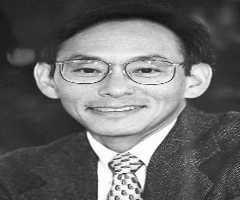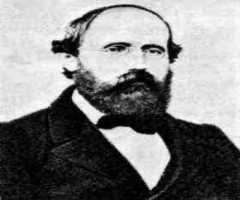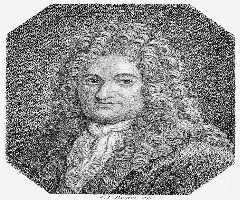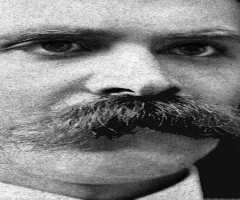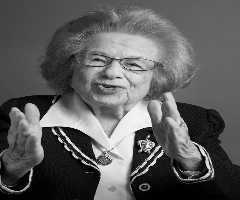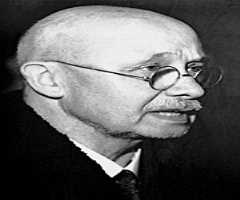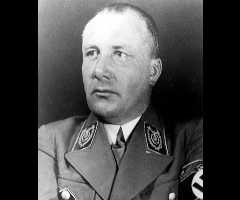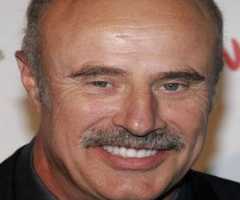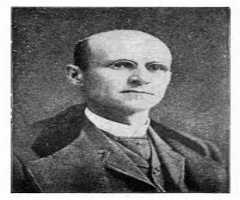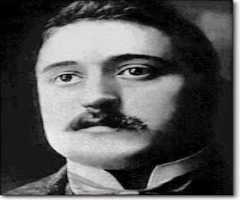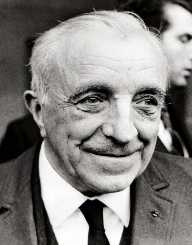
Hans Georg Dehmelt Biography, Life, Interesting Facts
Hans Georg Dehmelt was born on September 9, 1922. He is an American physicist. In 1989, he was awarded the Nobel Prize in Physics for co-developing the ion trap technique known as the Penning trap with Wolfgang Paul. The Penning trap is an electromagnetic device that can hold small numbers of ions/ electrically charged atoms and electrons for long periods of time hence allowing the study of their properties.
Early life
Hans Georg Dehmelt was born on September 9, 1922, in Gorlitz in Germany. He was born to Georg Dehmelt who was a law graduate. When he was ten years old, he received a scholarship at the Gymnasium zum Grauen Kloster. He developed an interest in Physics from a young age. In 1940, he graduated from the Gymnasium. In 1940, he joined the German Army and served as a gun crew. He later became a senior private. In 1943, he was ordered back to Germany where he studied Physics under an army program at the University of Breslau. He studied for a year and later returned to the army. While in the army he was captured at the Battle of the Bulge.
In 1946, Hans Georg Dehmelt was released, and he returned to study Physics at the University of Gottingen. In 1948, he completed his Masters at the Kopfermann’s Institute. In o1950, he obtained his Ph.D. from the Institute under Hubert Kruger. In 1949, he and Kruger discovered Nuclear Quadrupole Resonance.
Career
Hans Georg Dehmelt later started working as a postdoctoral associate at Walter Gordy’s Microwave Laboratory at Duke University. He became friends with Fritz London, Lothar Nordheim, and Hertha Sponer. In 1955, he became a visiting assistant professor at the University of Washington, Seattle, Washington. In 1958, he became an associate professor at the University. In 1961, he became a full professor. In 1955, he built his first electron impact tube. He built it in George Volkoff’s Laboratory.
In 1956, Hans Georg Dehmelt carried an experiment Paramagnetic Resonance Reorientation of Atoms and Ions Aligned by Electron Impact. In the same year, he was able to produce and monitor a polarized atom cloud through his paper ‘Slow Spin Relaxation of Optically Polarized Sodium Atoms.’ In 1958, he conducted the experiment Spin Resonance of Free Electrons Polarized by Exchange Collisions. In 1959, he built his first high vacuum magnetron trap. In 1976, he created the first Geonium atom which he used for measuring precise magnetic moments of the electron and positron. In 2002, he retired from the University of Washington as a Professor Emeritus.
Awards and Achievements
In 1970, Hans Georg Dehmelt received the Davison Germer Prize. In 1985, he was awarded the Rumford Prize. In 1989, he received the Nobel Prize in Physics. In 1995, he received the National Medal of Science. In 2010, he was honoured with Washington’s Nobel Laureates by the Crown Princess of Victoria of Sweden in Seattle.
Personal life
Hans Georg Dehmelt married twice in his lifetime. He first married Irmgard Lassow who died later on. He had a son named Gerd with Lassow. He then married Diana Dundore. He is currently ninety four years old.
More Physicists
-
![Augustin-Jean Fresnel]()
Augustin-Jean Fresnel
-
![Edward Victor Appleton]()
Edward Victor Appleton
-
![Steven Chu]()
Steven Chu
-
![Fritz Zernike]()
Fritz Zernike
-
![Maurice Allais]()
Maurice Allais
-
![Frederick Reines]()
Frederick Reines
More People From Saxony
-
![Bernhard Riemann]()
Bernhard Riemann
-
![Oskar Gröning]()
Oskar Gröning
-
![Gottfried W. Leibniz]()
Gottfried W. Leibniz
-
![George Frideric Handel]()
George Frideric Handel
-
![Ilse Koch]()
Ilse Koch
-
![Friedrich Nietzsche]()
Friedrich Nietzsche


